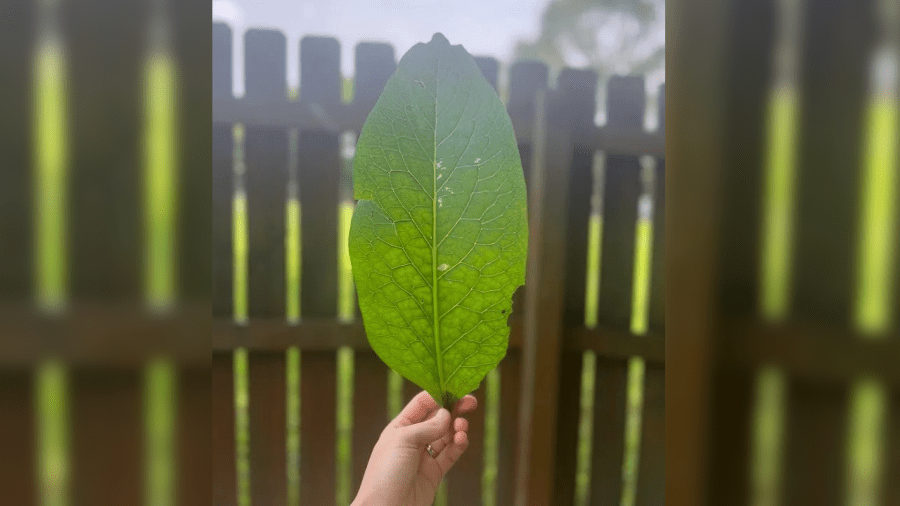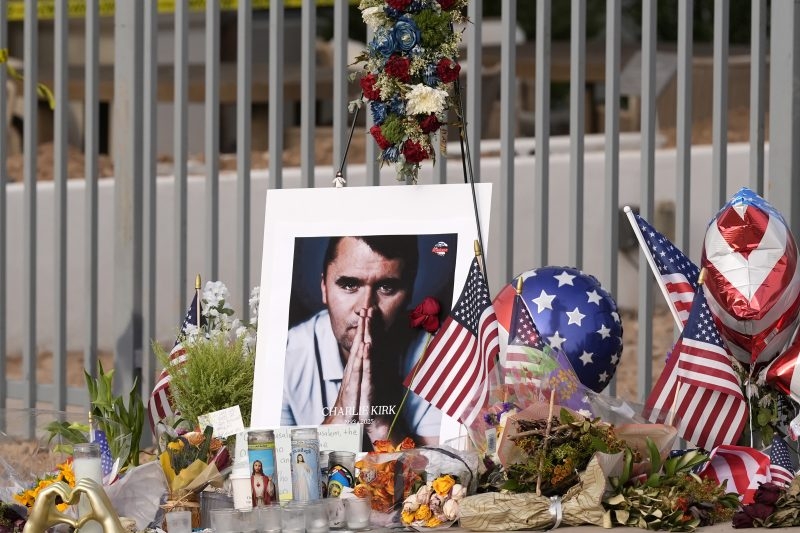Description
NASHVILLE, Tenn. (WKRN) — Last week, I shared a healing powerhouse you can find right in your backyard, the broadleaf plantain (Plantago major). This week, I have more green gold to share with you. It’s called comfrey (Symphytum officinale), also commonly referred to as “knitbone” and it’s one of nature's most powerful herbs.
I will say, the positive benefits and anti-inflammatory properties of comfrey overlap with plantain, but each shines in its own unique ways. Let's dive in!
This incredible herb is known for its powerful impacts on skin, muscles, joints, and even broken bones. The comfrey plant naturally has a compound called allantoin, which is responsible for encouraging cell regeneration. This can be very helpful in scar prevention and an aid in fading away any kind of bruising.
When it comes to skin healing, herbalists turn to comfrey with soothing burns, bug bites, scrapes, rashes, itching, and bruising. It’s quite remarkable how quickly it can bring relief!





With roughhousing that comes with having three boys of my own and the time spent homeschooling out in the backyard or in nature, you can imagine, comfrey has become a staple in our home. I originally started making salve out of it (always best with freshly dried herb) about seven years ago when my son had a diaper rash and it led to so many other uses the more I learned about it (hello achy joints and muscles with baby #4).
The anti-inflammatory properties of comfrey make it a go-to for soothing joint pain and strained muscles. Remember, what we apply to our skin is absorbed into our bloodstream within 30 seconds. So if anti-inflammatory properties are absorbed, it’s going to relieve pain in the area its applied to.
One word of caution: comfrey is so powerful at healing the skin that it’s not suggested for deeper wounds. It’s so quick to heal the outer layer of the skin and it’ll do so before the inner part heals. So, it’s better to use for surface cuts and scrapes, or wait for the deeper wound to heal a good bit before applying.
To identify comfrey leaves, look for large, hairy leaves with smooth, uninterrupted edges (see photos above). The leaves can get quite large. The stems are thick, long, hard and also hairy. They can feel sticky to the touch. The plant produces beautiful bell-shaped flowers that are purple and white (great chicken food by the way), but they don’t always have flowers season-long. You can find it in moist, grassy areas and by riverbanks. I will say, it’s not as plentiful or easily found as the broadleaf plantain.
The leaves are either freshly picked, crushed a bit and applied directly, infused into an oil for about six weeks, or made into a salve but dried thoroughly first to prevent any kind of mold formation.
Disclaimer: I’m not a doctor and this is not medical advice.
News Source : https://www.wkrn.com/news/local-news/comfrey-leaf-how-to-spot/
Other Related News
09/21/2025
NASHVILLE Tenn WKRN The 0-2 Titans look to reverse their fortunes Sunday when they host t...
09/21/2025
NASHVILLE Tenn WKRN The fall season starts next week and the leaves have already started ...
09/21/2025
Live above Thousands gather in Glendale AZ to pay tribute to Charlie KirkNEXSTAR Supporte...
09/21/2025
NASHVILLE Tenn WKRN According to the latest REMAX National Housing Report Nashville was o...
09/21/2025












